Circus – a Safe(r) Space for Danger: Article Series Overview
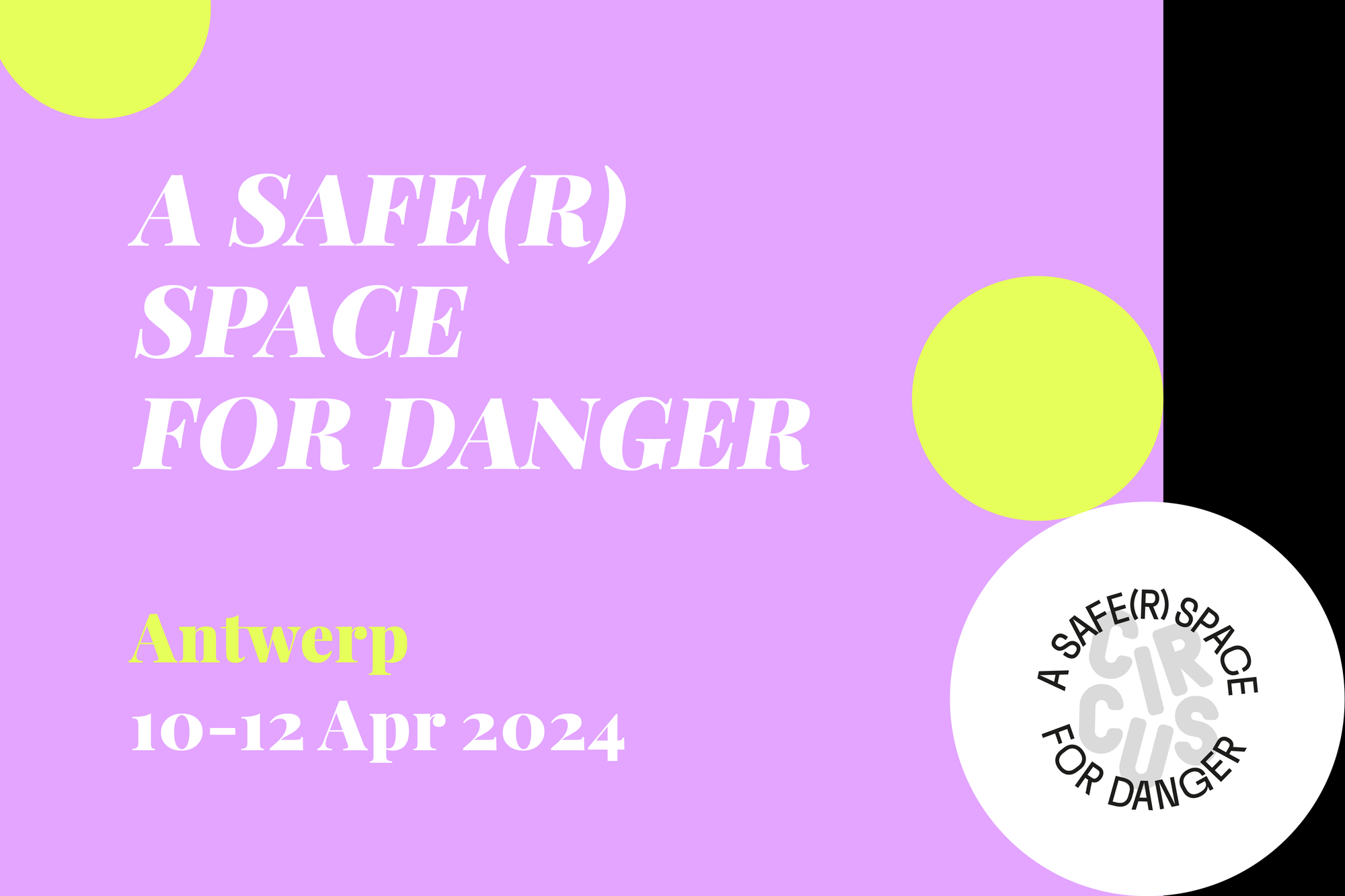
Throughout their careers, circus practitioners transition from one role to another and ensuring safety is crucial. How can we provide a safe environment for ourselves and others?
From 10 to 12 April 2024, the conference Circus – a safer space for danger in Antwerp explored the topic of safety by combining panels and practical workshops. Over three days, 146 participants reflected and questioned the importance of technical, psychosocial and physical safety for circus professionals and practitioners. The event featured two keynote speakers, three-panel discussions, one poster gallery walk and twelve workshops.
Around About Circus actively participated in moderating two panels and producing content to disseminate and make visible the traces of what we all have learned. The goal was also to keep the reflections accessible for everyone interested in digging deeper into the topics, meeting the protagonists and expanding the relevance of their thoughts. Here is the final overview of the conference’s article series.
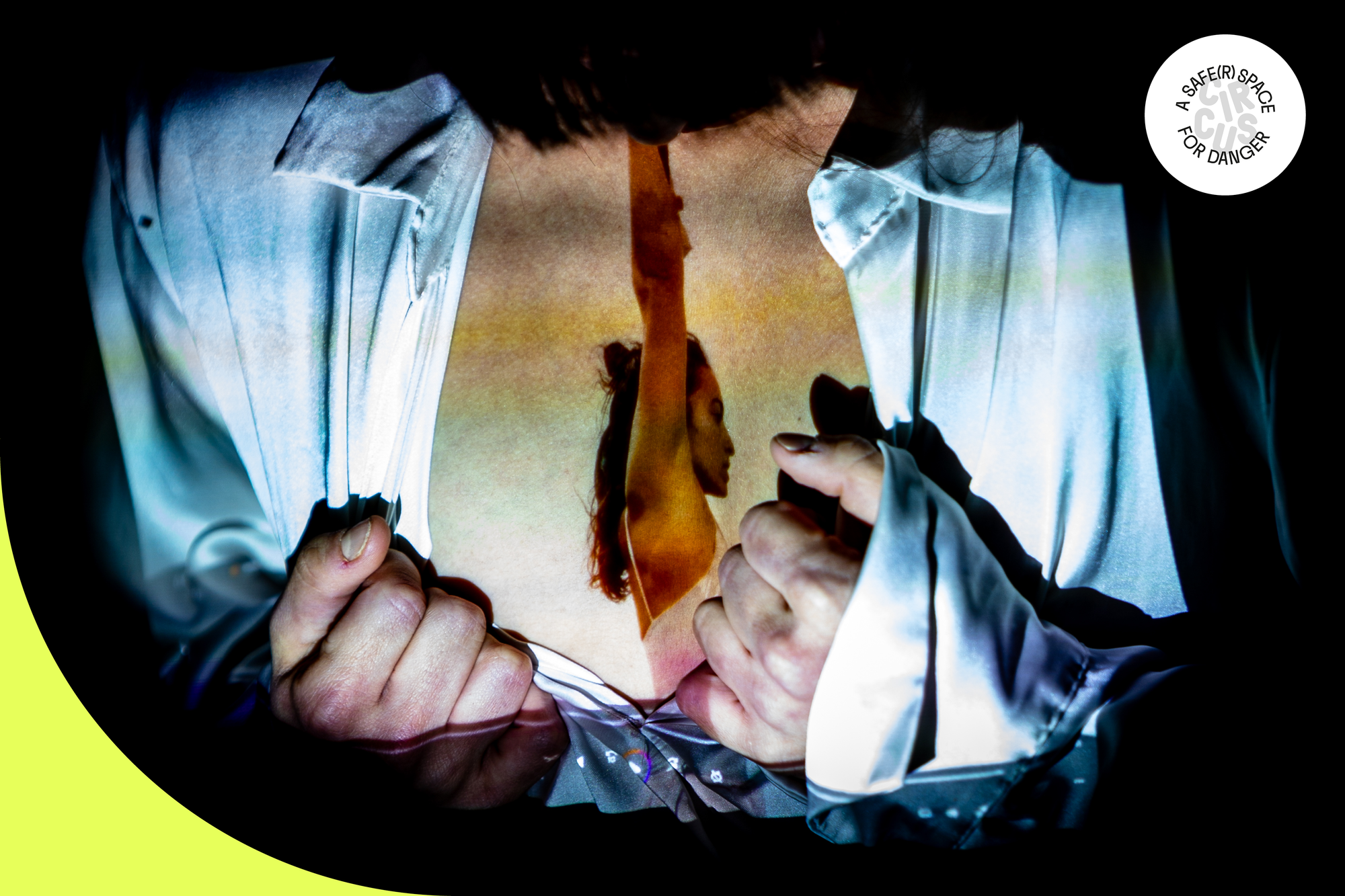
1. Queering the Leadership. Against the myth of a progressive circus
Gaia Vimercati participated as a panellist at the conference, and her powerful keynote was dedicated to questioning the norms in the circus sector. The myth of freedom, which still informs the majority of our circus practices, often forgets that our Western freedom was built on someone else’s lack of freedom and, taking it back to the topic of safety, that our White ‘safe spaces’ are built on the structural exclusion of people who are systemically unsafe. Who pays the costs of our art? And is this the game we want to be playing in the circus sector? Here is the full script of the speech.
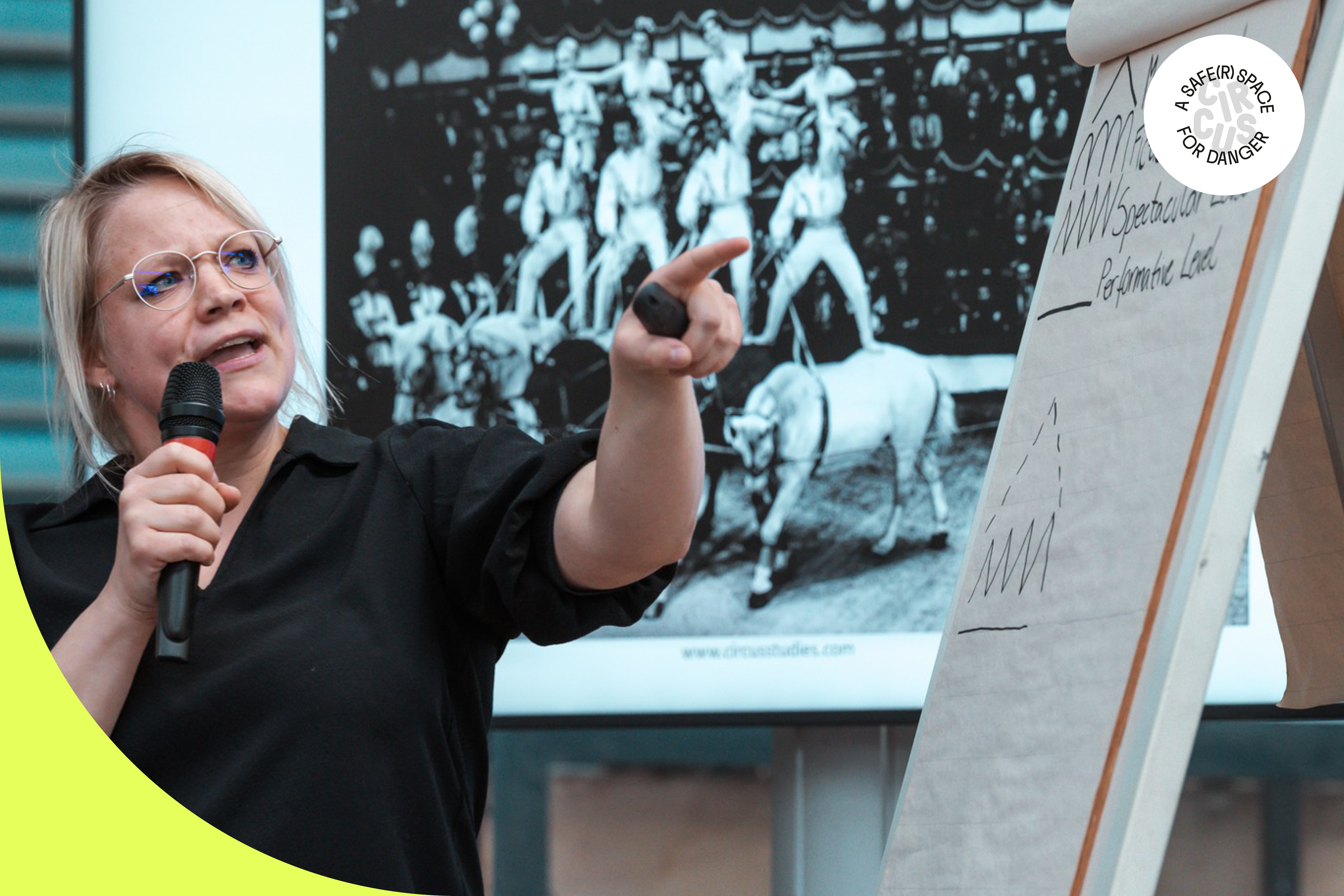
2. “I believe I can fly” “I believe she could fall” Contemporary Circus Dramaturgy and the Perception of Risk
Franziska Trapp participated in the conference with an intervention derived from her first monograph, *Readings of Contemporary Circus*, which will be published in English with Routledge this year. The main questions of her keynote are: How do contemporary circus performances create meaning? Are there generalisable characteristics despite the diversity of aesthetics and styles? What is the difference between traditional, new, and contemporary circus? Here is the full text of her speech.
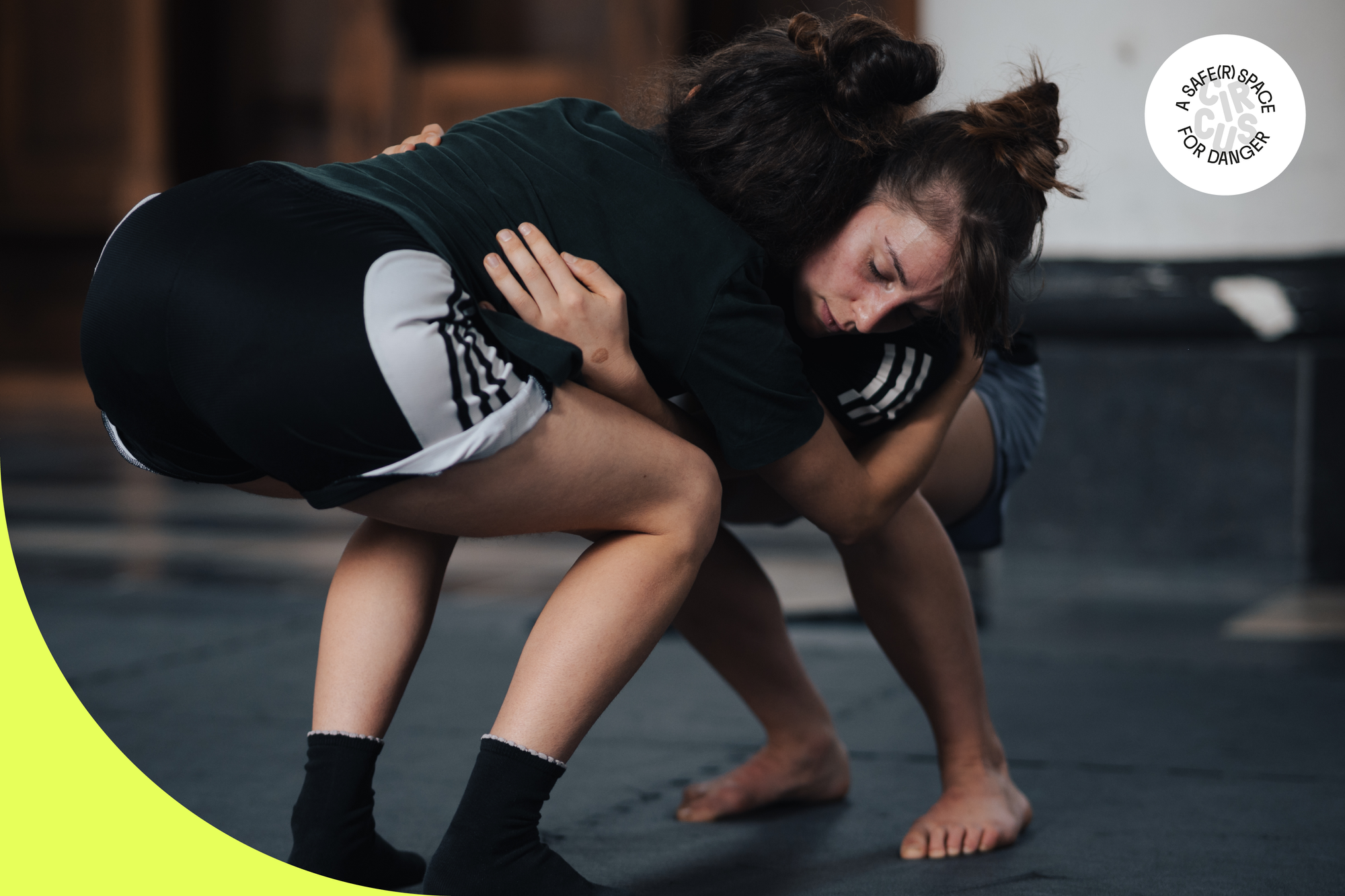
3. Consent: a frame for freedom
In this article, circus artist and artistic director Hanna Mampus tells us more about the theme of consent from her personal perspective as There There company co-leader and guest participant in the workshop Consent in Practice: tools & benefits by Madonna Lenaert (they/them). What do we as a company know about consent? Do we even sufficiently consider it in the context of our work?
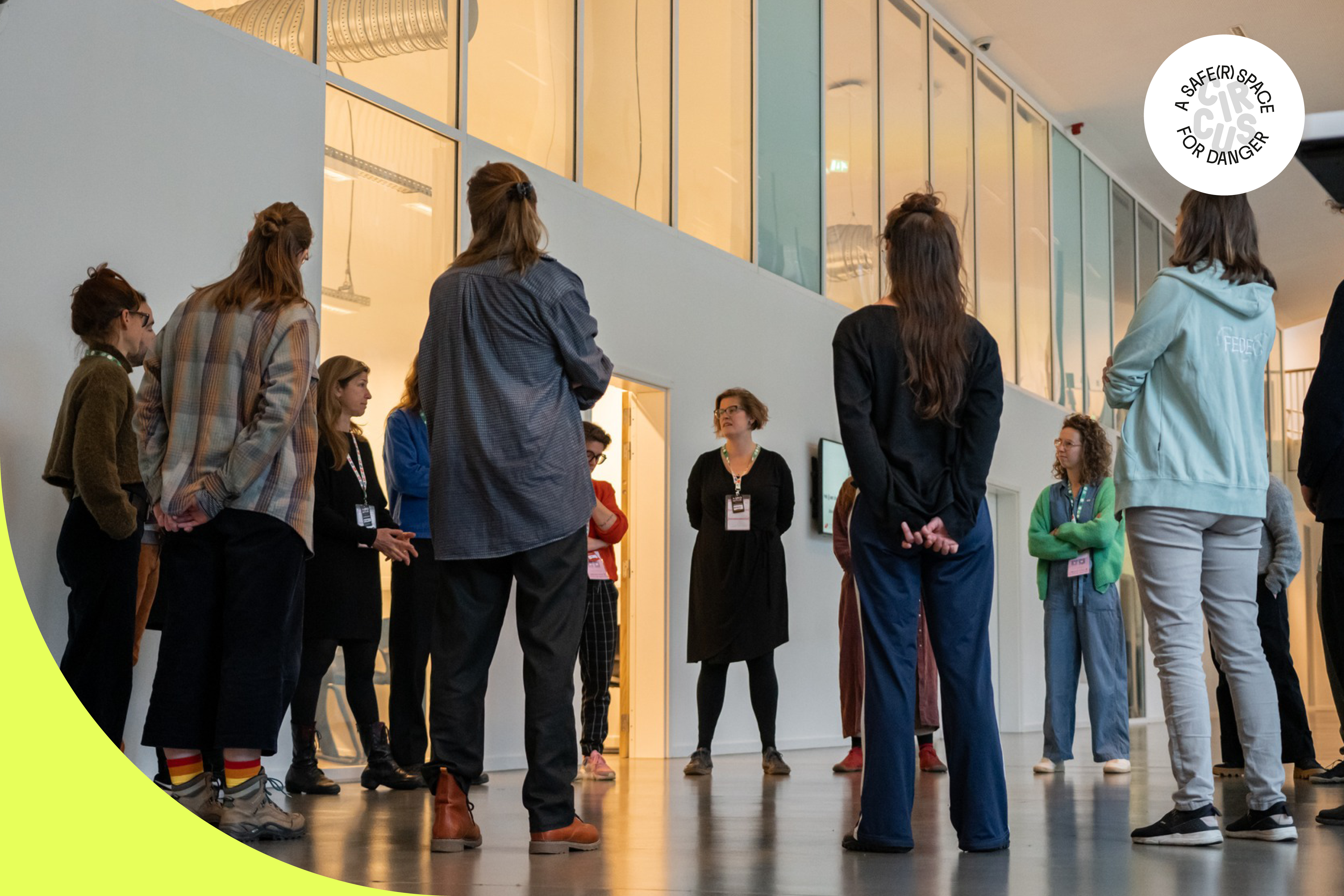
4. Trauma-informed, injuries monitored. Beyond safety and risk with new paradigms
What is the common denominator of a sense of safety from a young professional's eye in the circus sector, and what is important to underline or still missing from reflections on risk? And what about enlarging the spectrum to include the sociological element of safety beyond the circus bubble? In this article, Nick Verginis recaps his experience as a participant in two workshops, Trauma-informed Approach and Monitoring the health and wellbeing of circus artists, combining them with the closing panel of the second day of the conference, On safety and risk-taking.
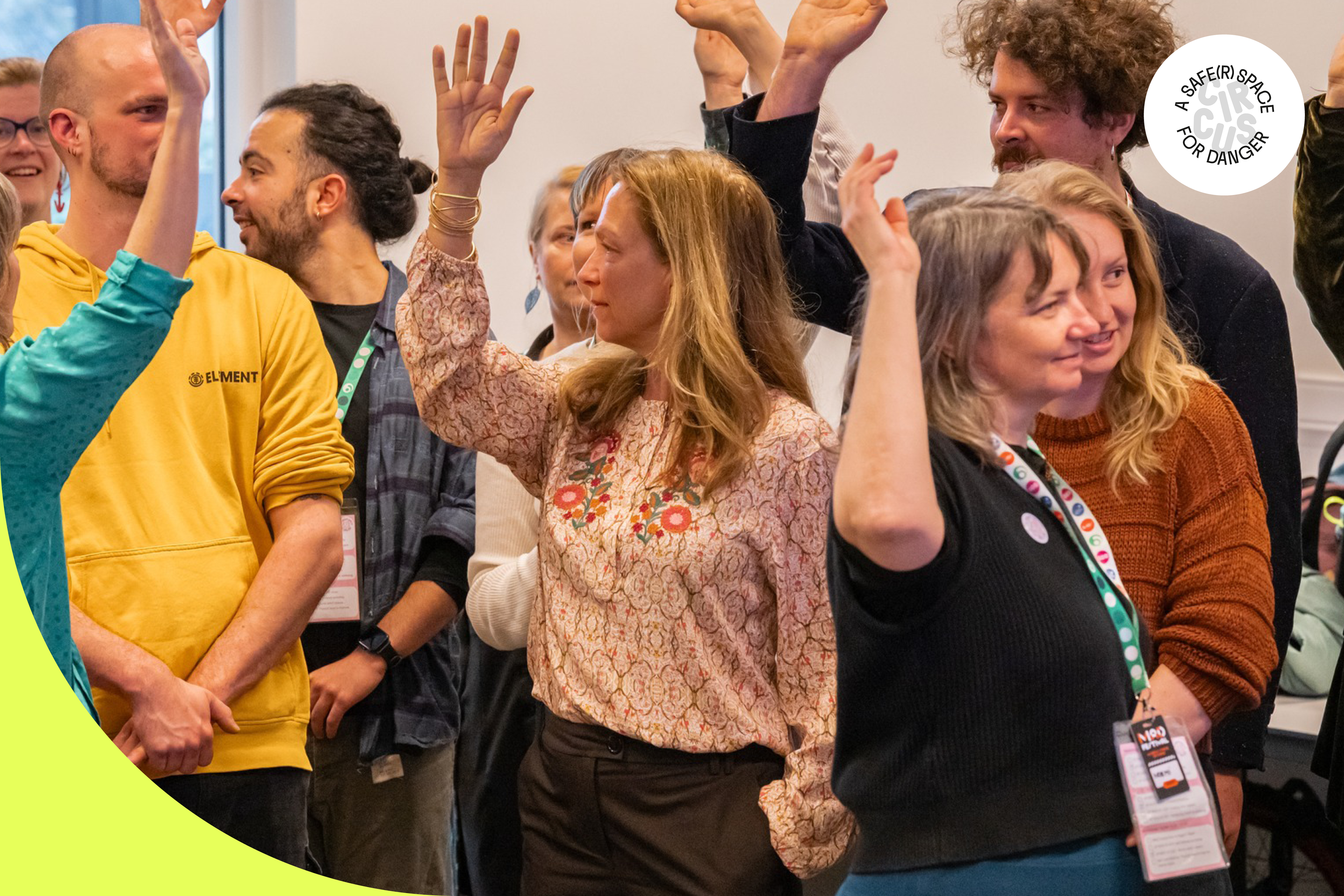
5. Mentally safe(r) spaces on stage and beyond: recognising danger(s) in circus and speaking up!
The aesthetics of risk still occupy a large part of the dramaturgical discourse in the circus, and physical safety is often investigated and implemented as the (only) core of the artistic work. However, ‘safety’ is an umbrella term that includes mental and emotional aspects that contribute to building well-being and impact the artistic forms being produced on stage and which circulate as public imagination. This article, shaped by Gaia Vimercati in dialogue with artists and activists Amanda Homa and Miradonna Sirkka, expands their powerful workshop revealing the importance of recognising either the oppression we might be suffering or the oppression we might be delivering in our workplace. Mentally and emotionally safe spaces cannot be created without tackling gender issues, White supremacy, and power hierarchies.
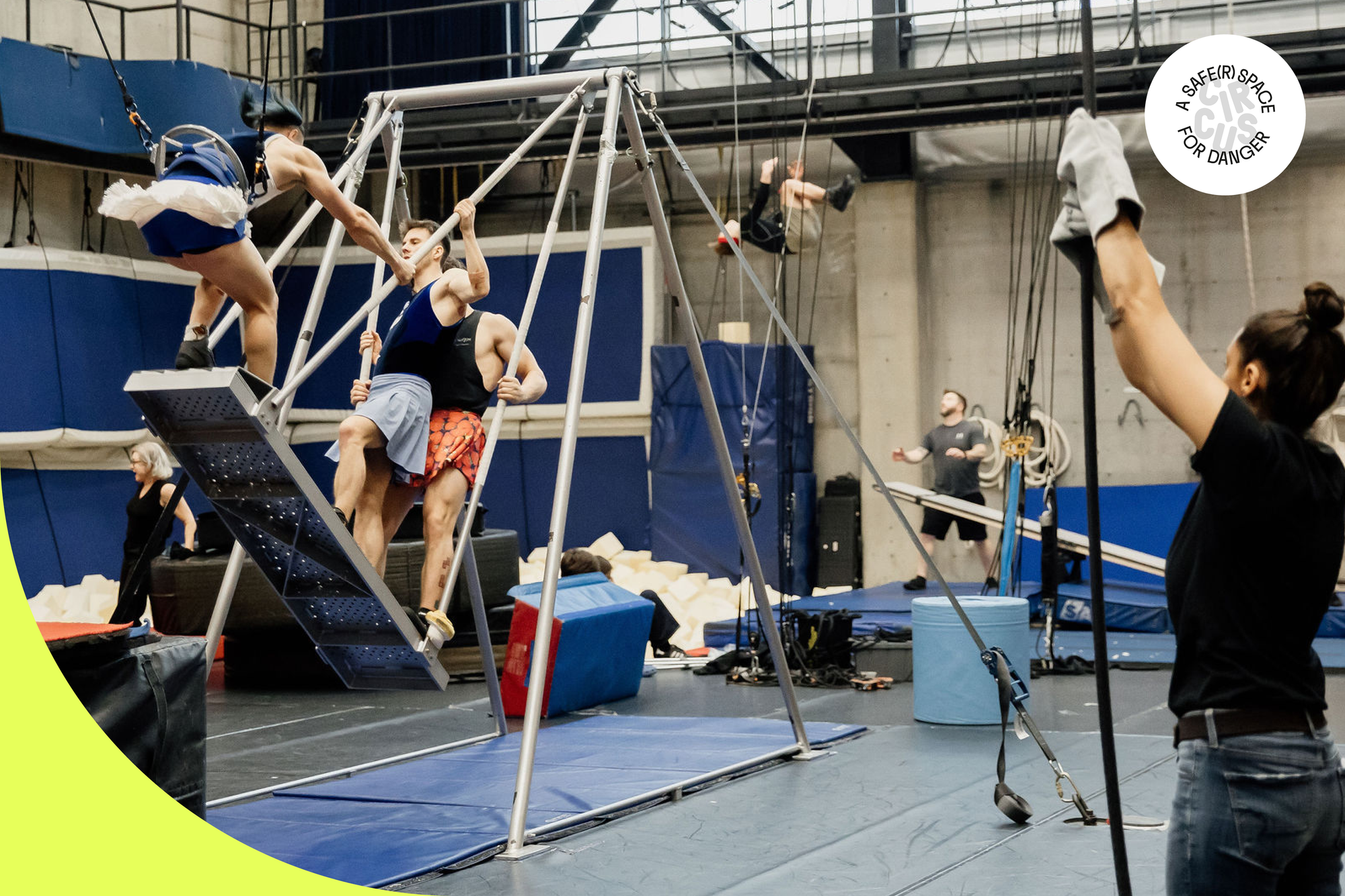
6. RIGGERS. How a Global Community is born
Who does not need a rigger? Awareness in the circus sector improves through the recognition of specific working roles and figures, like those of the riggers, who are responsible for calculating weight and knowing how to lift people and objects in high spaces. Mixing techniques with innovative skills, they know how to solve problems creatively and are responsible for the safety of others. Sometimes, their efficient and necessary presence behind the scenes remains hidden or mysterious. A European Project, RIGGERS, led by SKH and FEDEC, has initiated an international riggers community that now shares the issues, challenges, and needs of the sector, inspiring innovation from a technical and creative point of view. The project concluded during an open session during the conference Circus - a safe(r) space for danger. As its project manager, Lorenzo Albiero tells us more about this intense and passionate two-year journey.
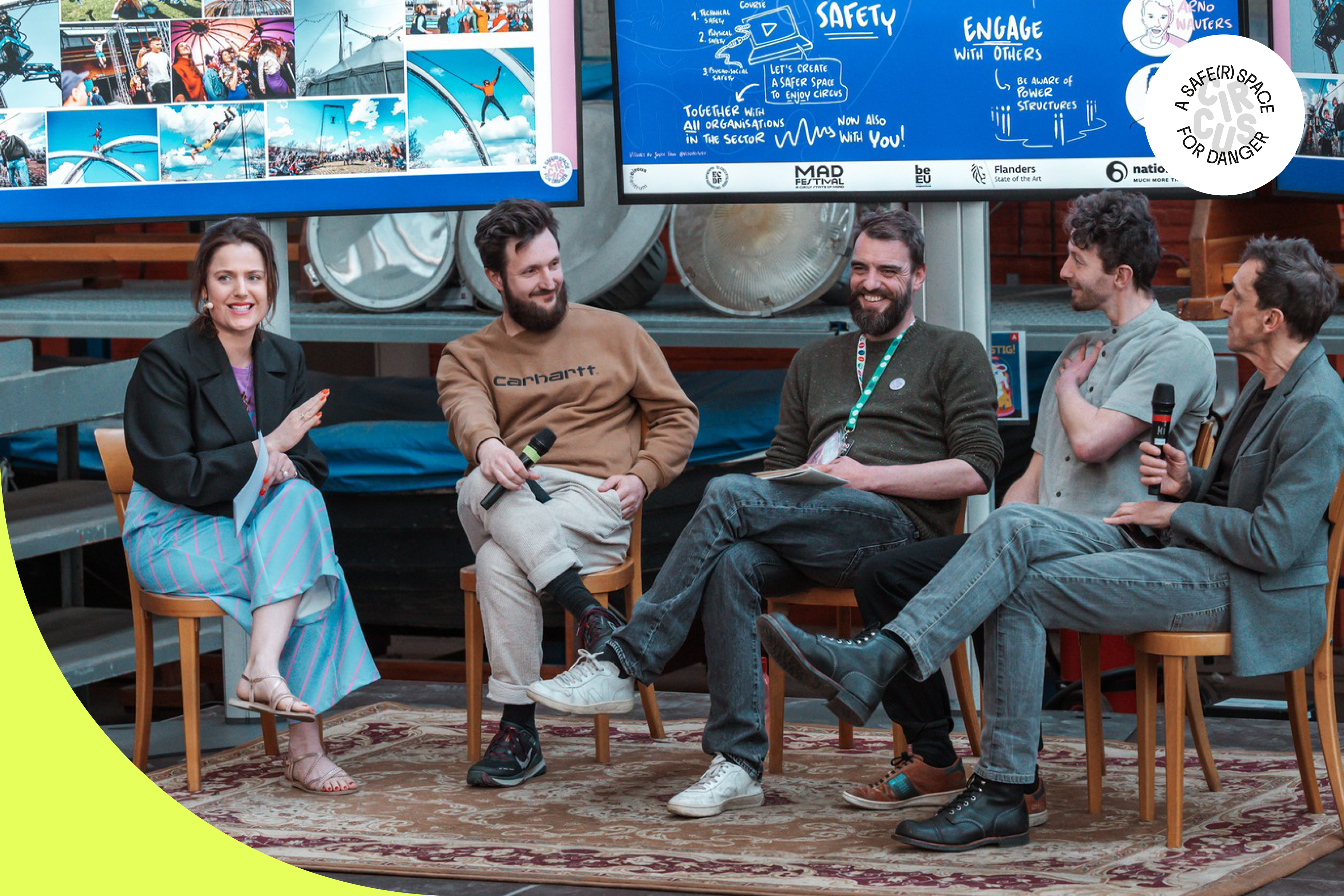
7. Safety is more than an attitude. Where do we stand after two years of the safety drive?
Safety is crucial in a sector known to have inherent risks. The international conference Circus – a safe(r) space for danger in Antwerp served as an anchor point in an initiative that had been ongoing for quite some time and that is still underway. (Will it ever be truly ‘done’?) This article by Katrijn De Bleser offers an update on the progress of the safety drive within the Flemish circus sector, providing insight into how the initiative quickly grew beyond the boundaries of the sector and the impact it’s having today.
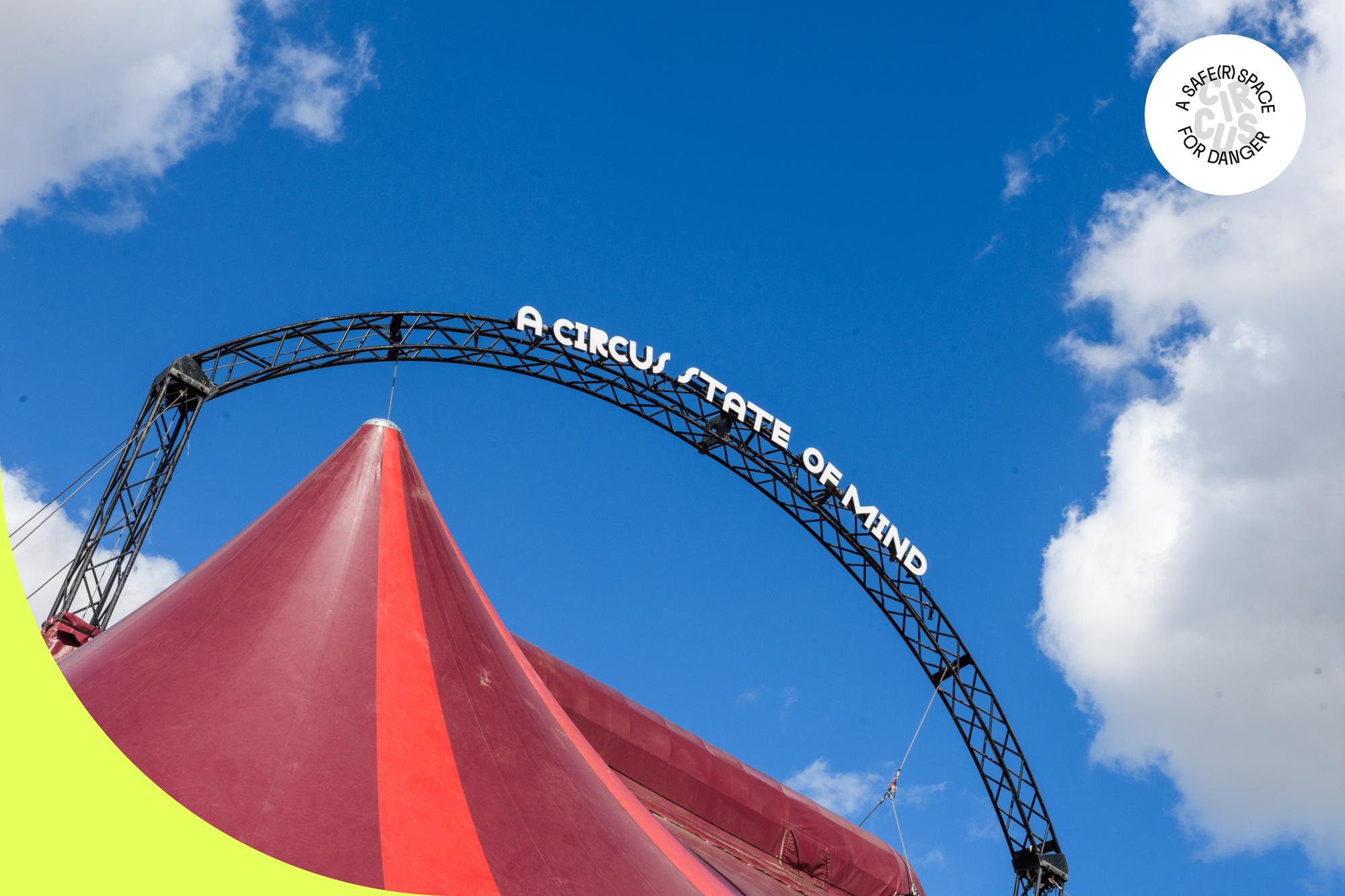
8. On collective atmosphere: safety values to be better together
The mutual aspect of safety protocols is that they come into action when safety is considered an issue and as the consequential manifestation of real existing problems. Their focus is on prevention. They apply rules with common sense, respecting individual freedom and disciplining it within the frame of a collective dimension. They test if something is working or not. They will adapt, evolve, or change to fit better in the context, dealing with the mutable reality of our times. In this article, Valentina Barone resumes the panel Creating Safer Spaces: a session for (circus festival) organisers as a snapshot around the topic of preventing psychological and physical danger, bringing together different perspectives on a single issue, and promoting more human-centred values during collective events.
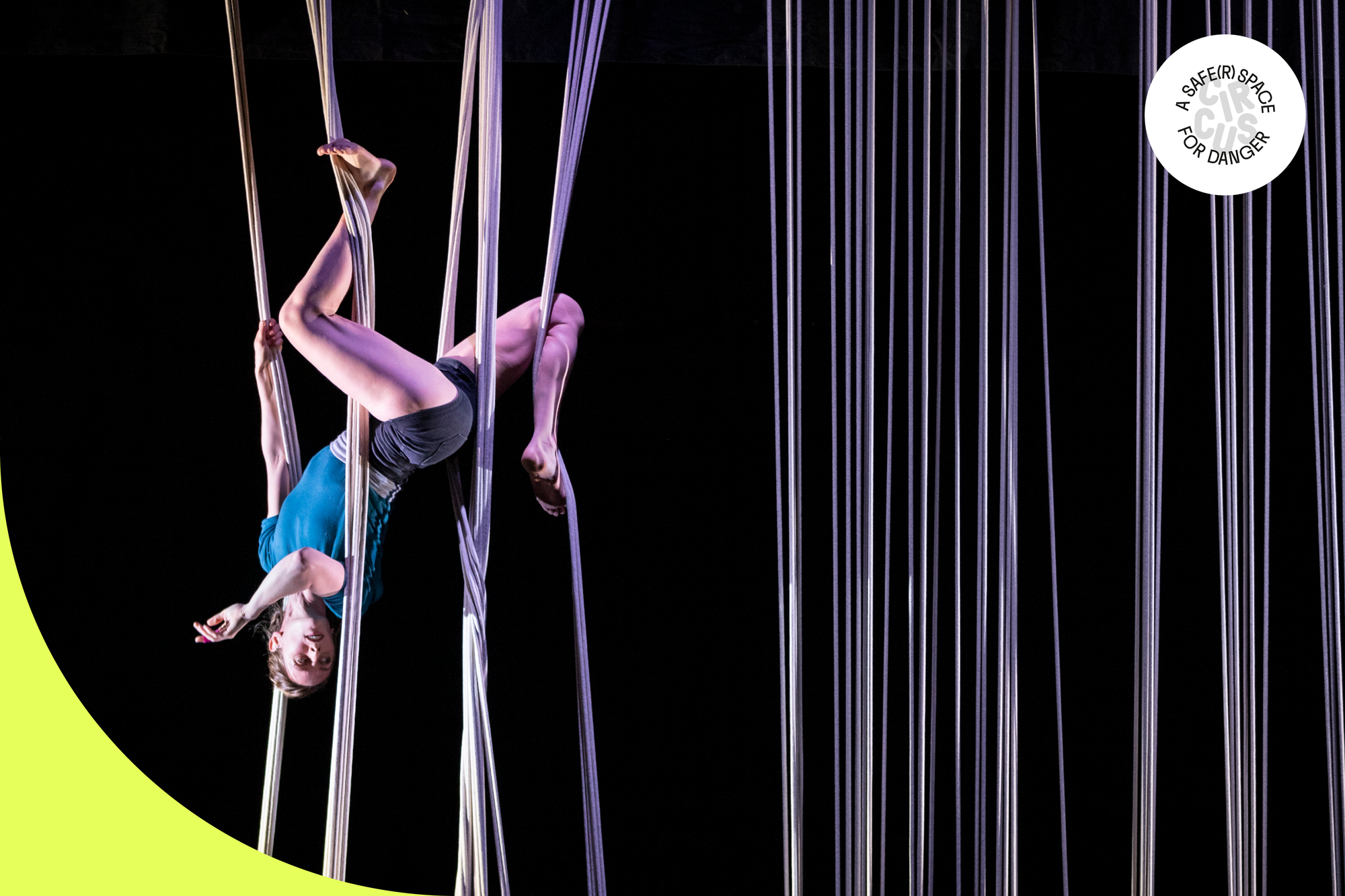
9. Creative Rigging: a DIY approach to artistic research
As a circus artist working with Rope Design, Saar Rombout developed her specific rope language, entangling her artistry with rigging mastery. Committed to communicating her knowledge using her voice and a collective approach to rigging techniques, her method is creative and playful. On the occasion of her participation at Circus – a safer space for danger with a workshop and as the evaluator for the FEDEC Riggers final event, Valentina Barone exchanged with Saar some words on what her art, artistic research, and creative rigging mean to her, and what is evolving in the performing arts sector in relation to this fascinating technique capable of mixing the artisanal and the creative aspects of safety so well.
